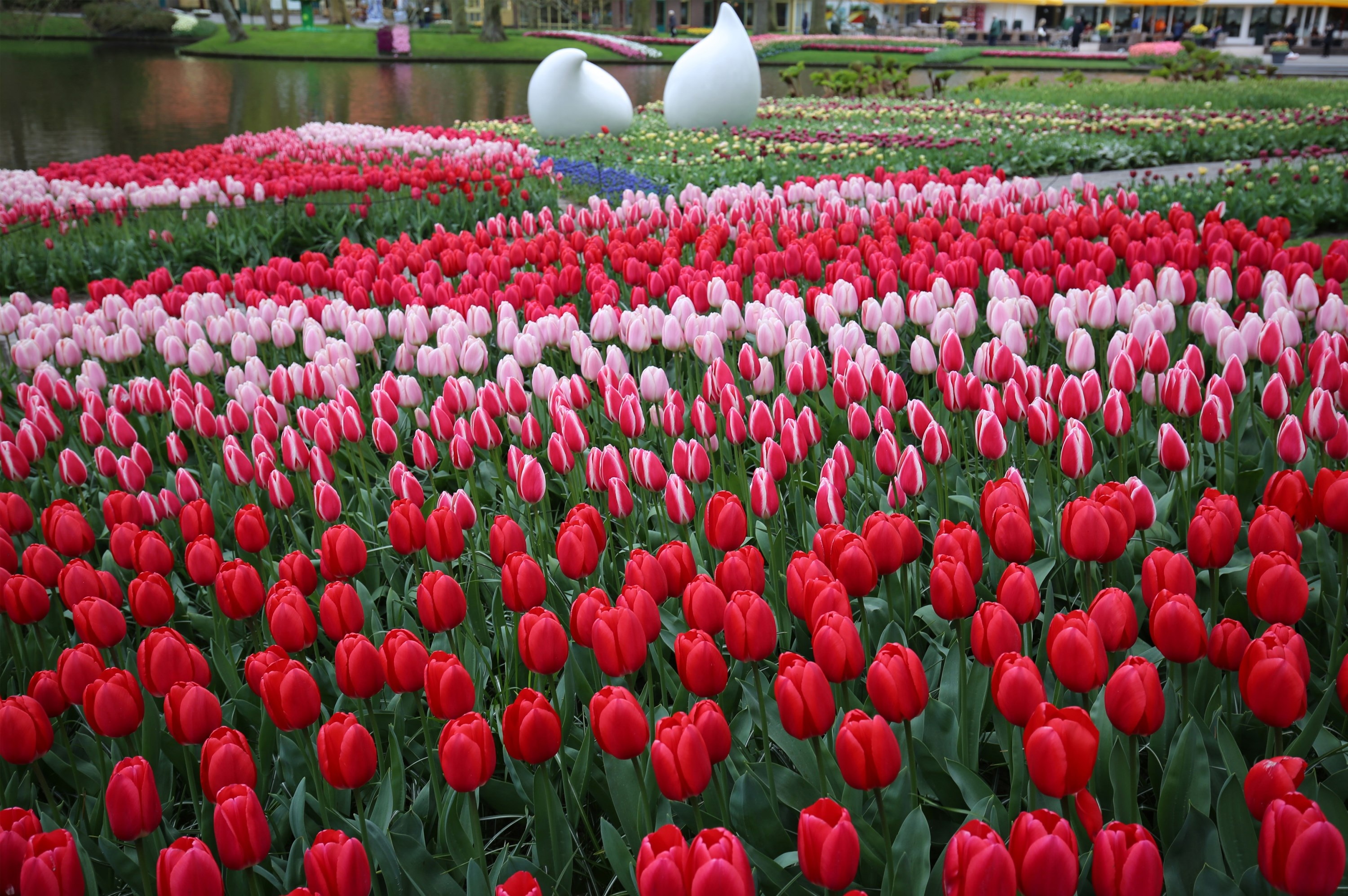Christmas bulbs flowers
Amaryllis is a perfect winter house plant with big lily-like flowers that can come in many colors, from salmon to deep red. Every year spring garden Keukenhof in the Netherlands invites visitors to “Amaryllis parade” to admire thousands of amaryllises of all existing kinds and shapes. One amaryllis plant usually has from 2 to 7 blossoms, each of them is up to 6 inches. Flowers grow from massive 18-20 inches stems with leaves that are 16-20 inches long.There are many hybrids of amaryllis, that differ in a number of blossoms, size, and color. Among the most famous are pink “Candy Floss”, tiny red “Rapido”, salmon “Faro” and many others.
How to Care of Fresh Cut Amaryllis
Amaryllis is sold in three general types: as plants or bulbs, ready to bloom or fresh cut. Blooming plants are usually purchased as a gift. The most rewarding thing about such present is that amaryllis is a perennial flower and with the right care it can bloom over again the next year. The amaryllis season starts in November when the plant is grown enough to start blooming. The demand increases significantly closer to Christmas, as amaryllis is considered to be a Christmas flower together with Poinsettia. Fresh cut Amaryllis flowers are also quite popular among the consumers.
There are a few tips on how to choose and take care of cut amaryllis to keep it fresh up to two weeks:
1. Flowers must be in a bud form;2. Stems must be re-cut before being put in clean room-temperature water;
3. The best way to cut stem is at an angle to let it soak more water;
4. After a few days, the plant will blossom.
How to Grow Amaryllis - Christmas Bulbs Flowers
Those, who don’t like to watch decaying flowers, can buy an amaryllis plant, or a bulb. It takes about 7-10 weeks to grow a blossoming showy plant. So, buy a Christmas bulbs flowers in advance to have amaryllis flowers at Christmas. There are a few general rules on how to keep and grow amaryllis from bulbs.
Before and right after exportation from the grower, bulbs must be rinsed and dried. Store the dried bulbs at about 13°C, as warmer environments can make the sprouting process faster. If that happens, bulbs must be transported in a non-potted, slightly wetted ground. The bulb needs some space to grow, so the pot should be about 2 inches wider and have a drainage hole. When planting more than two bulbs, leave a distance of about one foot between them. At least 1/3 of the bulb must show up from the soil. Amaryllis needs well drained mulched soil. When planted, amaryllis is to be watered thoroughly and put into a warm place. Liquid fertilizer can be used only after a few buds appear. If to move a pot into a cooler place right after blossoms begin to open, the plant will bloom for a longer time, but not more than ten days.





